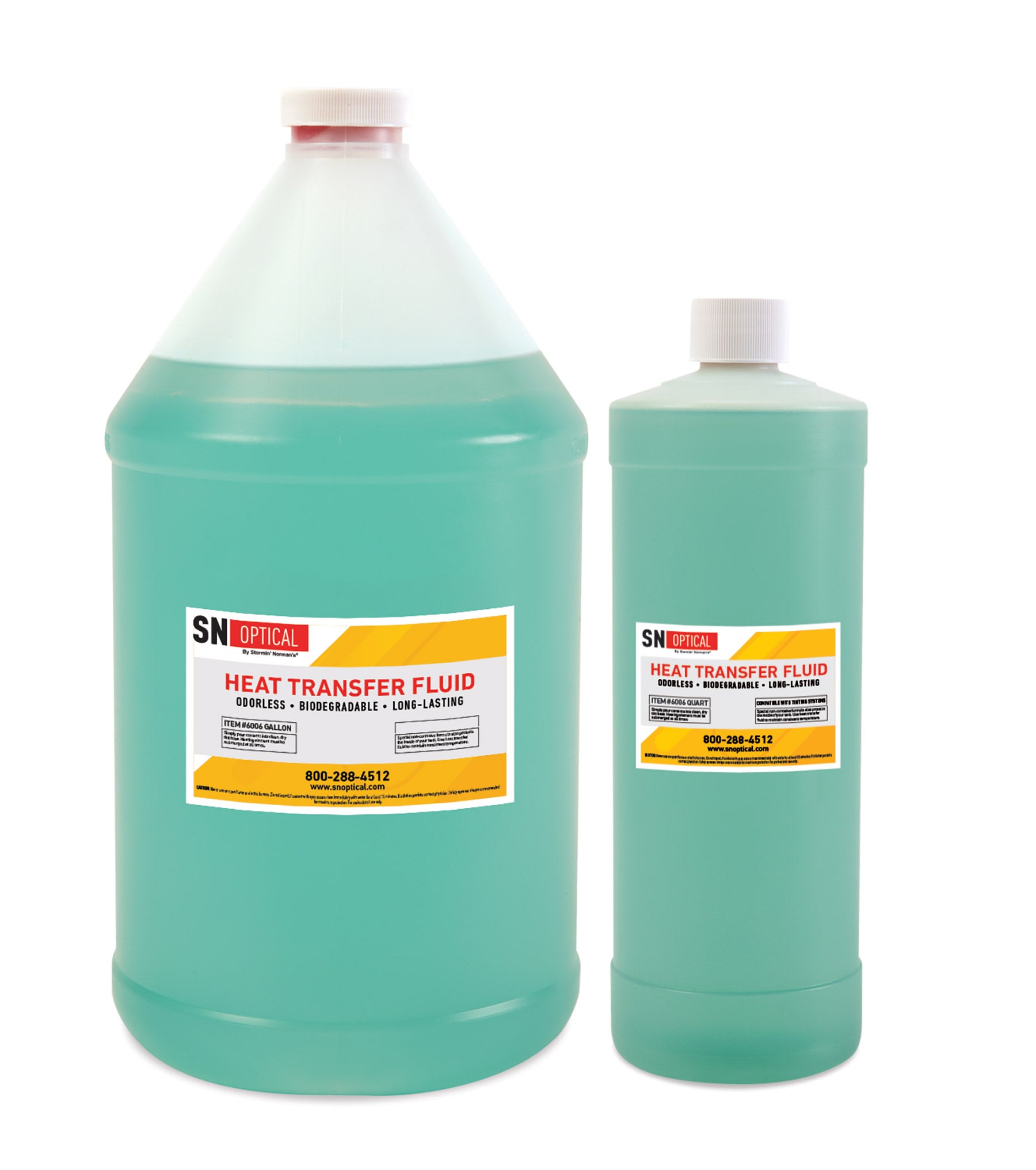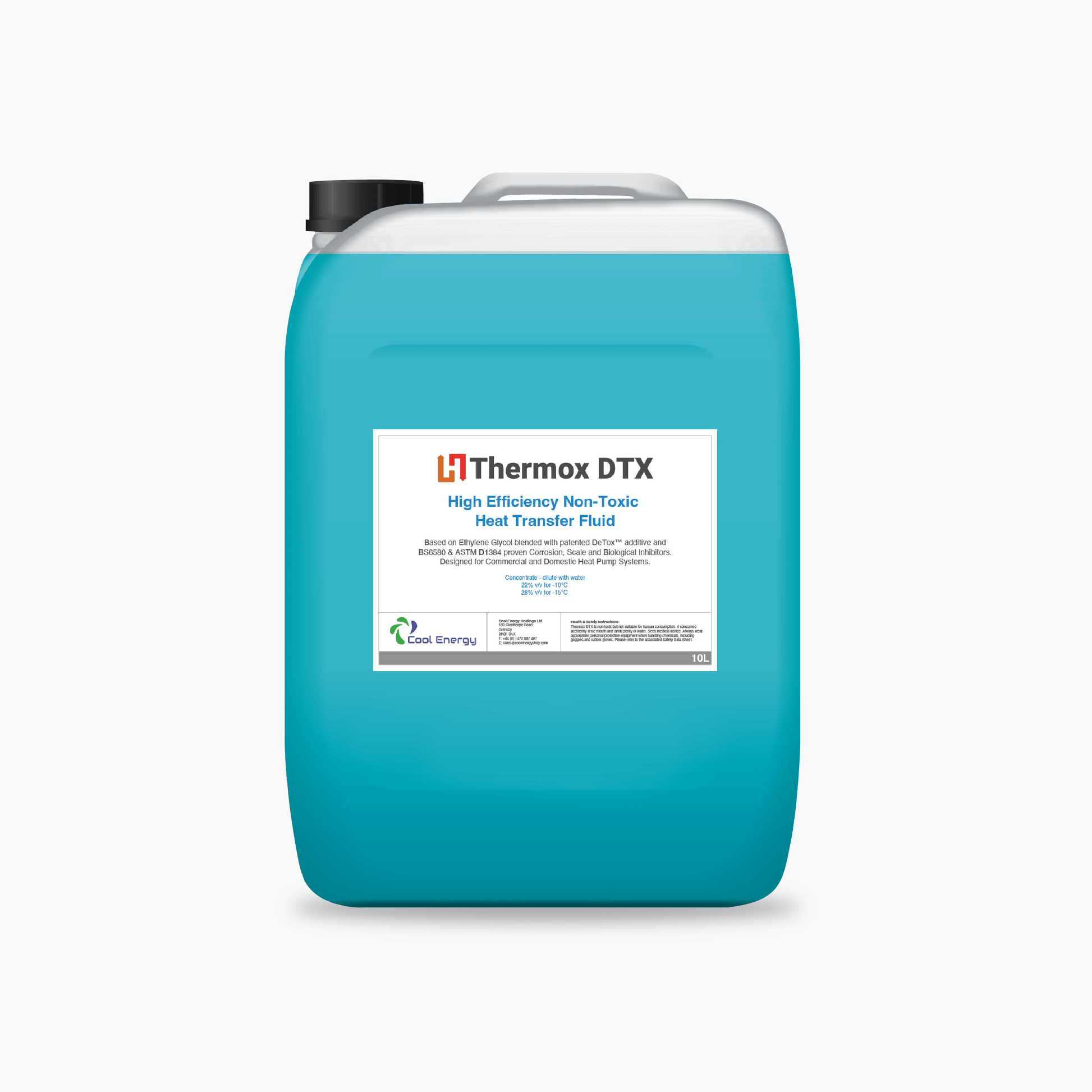Trick Benefits of Using a High-Performance Heat Transfer Fluid
Wiki Article
The Function of Warmth Transfer Fluid in Enhancing System Performance and Security
In the ever-evolving landscape of industrial processes, warm transfer fluids (HTFs) emerge as essential parts in optimizing both system efficiency and safety and security. These specialized liquids, known for their remarkable thermal conductivity and regulated viscosity, allow reliable heat exchange, which is important for structured procedures. However, the impact of HTFs prolongs beyond simple performance; their inherent thermal stability and low flammability dramatically add to risk mitigation. As industries grapple with the need for high-performance and safe operations, understanding the nuanced role of HTFs ends up being necessary. However exactly what makes HTFs so crucial in today's industrial frameworks?Comprehending Warmth Transfer Fluids
Heat transfer liquids, frequently taken into consideration the lifeline of thermal administration systems, play a pivotal duty in regulating temperature level throughout different commercial applications. These liquids are vital in processes where warm must be either soaked up or dissipated to maintain ideal operating conditions. Industries such as chemical processing, power generation, and production depend on warmth transfer fluids to make certain equipment runs successfully and safely. By promoting the transfer of thermal energy, these liquids help in stopping getting too hot, thus extending the lifespan of machinery and lessening downtime.The selection of a suitable heat transfer fluid is critical to the success of a thermal management system. In recap, a thorough understanding of warmth transfer liquids is important for optimizing system performance, making certain functional security, and achieving cost-effective thermal monitoring options.
Key Residence of HTFs

The particular warm capability of an HTF defines the quantity of warm power needed to change its temperature, impacting how efficiently the system can respond to temperature variations. The boiling and freezing factors of HTFs likewise play a pivotal role, especially in systems exposed to severe temperatures, guaranteeing liquid security and stopping phase modifications during operation.
Enhancing System Efficiency
To enhance system efficiency with heat transfer liquids (HTFs), it is vital to integrate a detailed method that takes into consideration both fluid properties and system style. The selection of a proper HTF is pivotal, as its thermal conductivity, viscosity, and certain heat ability directly influence the effectiveness of warmth exchange.Similarly important is the style of the warmth transfer system itself. Engineers need to guarantee that parts such as heat exchangers, pumps, and piping are developed to enhance the buildings of the chosen HTF. For circumstances, the area and material of warm exchangers need to be optimized to make best use of warmth transfer performance. Furthermore, the combination of innovative modern technologies, such as variable speed pumps and smart tracking systems, can dramatically enhance the responsiveness and flexibility of the system to changing functional conditions.
Boosting Operational Security
Making sure operational security in heat transfer systems requires a careful concentrate on both the residential properties of warm transfer fluids (HTFs) and the design and maintenance of the whole system. HTFs need to have thermal stability, low flammability, and appropriate thickness to lessen dangers such as leaks, fires, and system malfunctions. Picking the appropriate HTF is critical as it establishes the system's capability to deal with temperature variations without endangering security.The design of the system need to integrate redundancies and fail-safes to manage potential hazards successfully. This includes the assimilation of security valves, stress relief tools, and temperature level monitoring systems to detect and attend to anomalies quickly. Regular upkeep is essential to make certain that all elements, consisting of pumps, pipes, and seals, are operating properly and are without wear or deterioration, which could bring about harmful leakages or failures.
Furthermore, workers in charge of the operation and maintenance of warm transfer systems must be adequately learnt safety and security protocols and emergency situation response treatments. Regular training programs and safety drills can dramatically decrease the probability of accidents, guaranteeing a more secure working environment. Eventually, a thorough approach to security-- incorporating liquid selection, system layout, and labor force training-- is vital for optimum functional safety and security.
Sector Applications of HTFs
Extensively utilized across different markets, warmth transfer liquids (HTFs) play an essential duty in enhancing the efficiency and dependability of this website thermal administration systems. In the chemical sector, HTFs are indispensable for maintaining precise temperatures during reactions, guaranteeing product consistency and high quality. They help with warmth exchange procedures in activators, condensers, and warmth exchangers, therefore maximizing power usage and lessening waste.In the oil and gas field, HTFs are used in both upstream and downstream procedures. They handle temperature level in boring procedures and enhance effectiveness in refining procedures by offering steady thermal conditions. This results in reduced downtime and enhanced safety and security, specifically in essential procedures such as purification and Continue splitting.
The sustainable energy market likewise profits significantly from HTFs, particularly in concentrated solar power (CSP) plants. Here, HTFs move recorded solar power to power generators, allowing efficient electrical power generation. The pharmaceutical market relies upon HTFs for specific temperature level control in both synthesis and storage space, guaranteeing product efficiency and safety.


Additionally, the food and drink industry makes use of HTFs for pasteurization, sanitation, and cooking procedures, enhancing both item safety and manufacturing efficiency. Across these sectors, HTFs serve as essential parts in maintaining optimum operational efficiency and safety.
Final Thought
Heat transfer fluids are essential in enhancing commercial system performance and safety by using high thermal conductivity, optimal viscosity, and thermal security. Proper choice and upkeep of HTFs enhance warm exchange performance, thereby improving functional effectiveness. The reduced flammability of these liquids is essential Going Here for decreasing risks and making sure secure operations. Comprehensive workers training and routine upkeep further support the dependability and performance of commercial processes, solidifying the vital duty of HTFs in varied applications.Report this wiki page